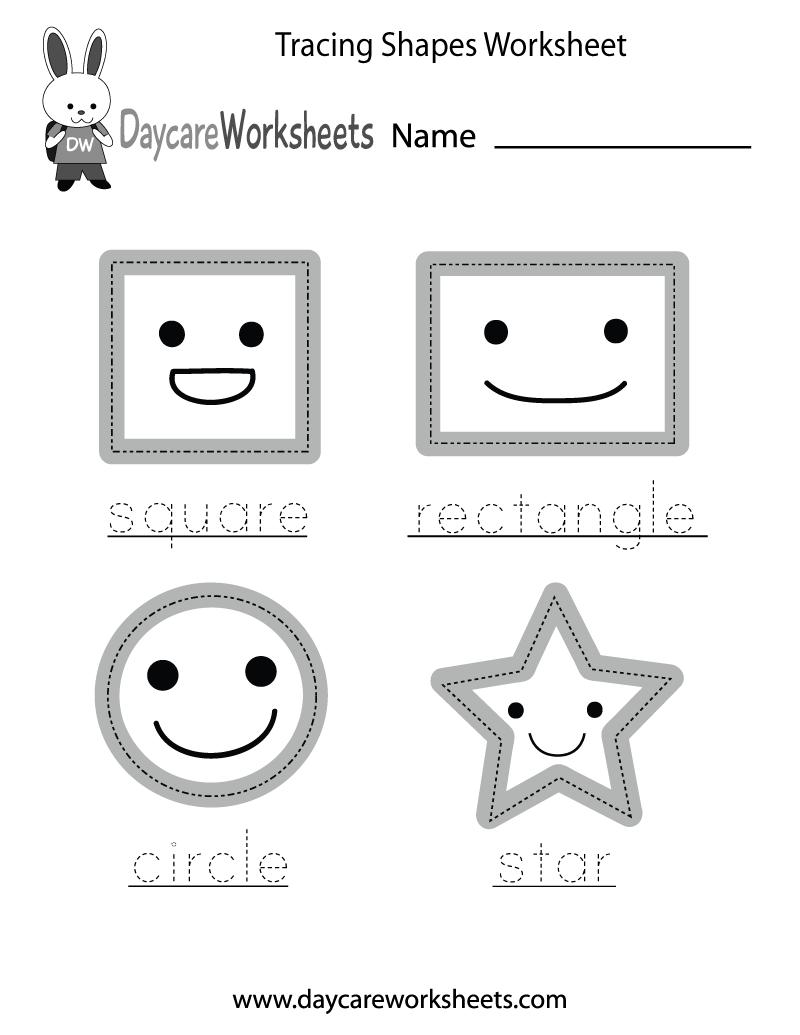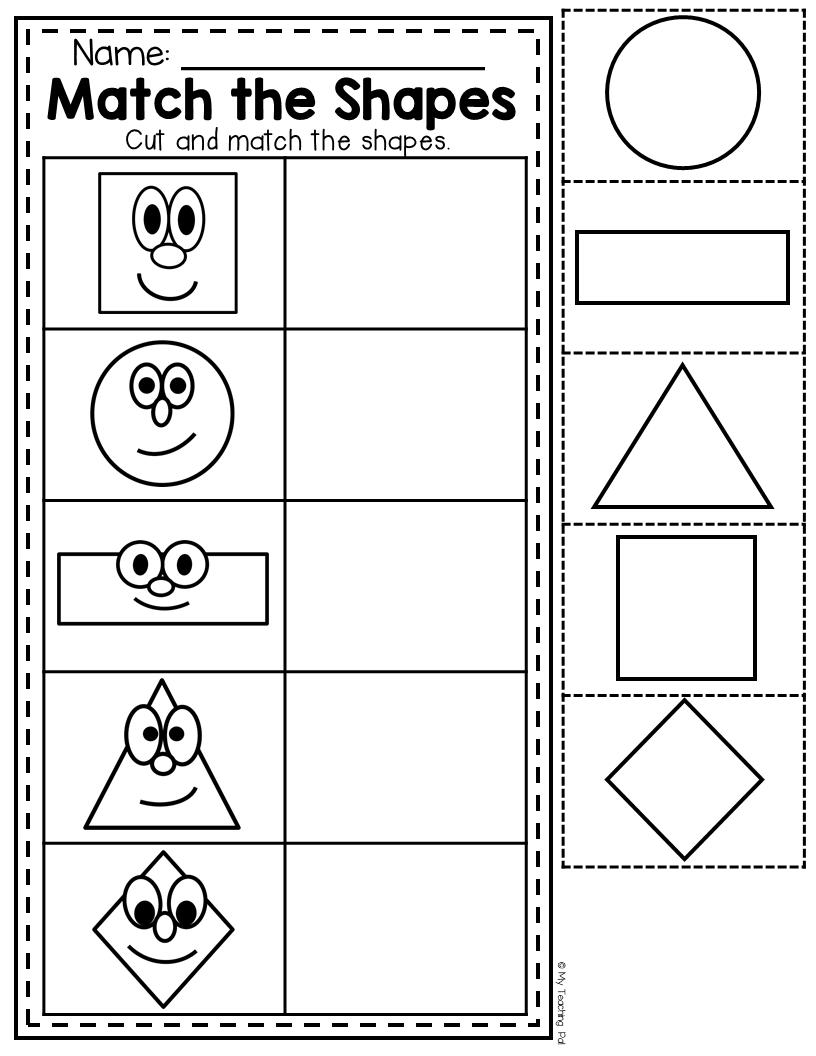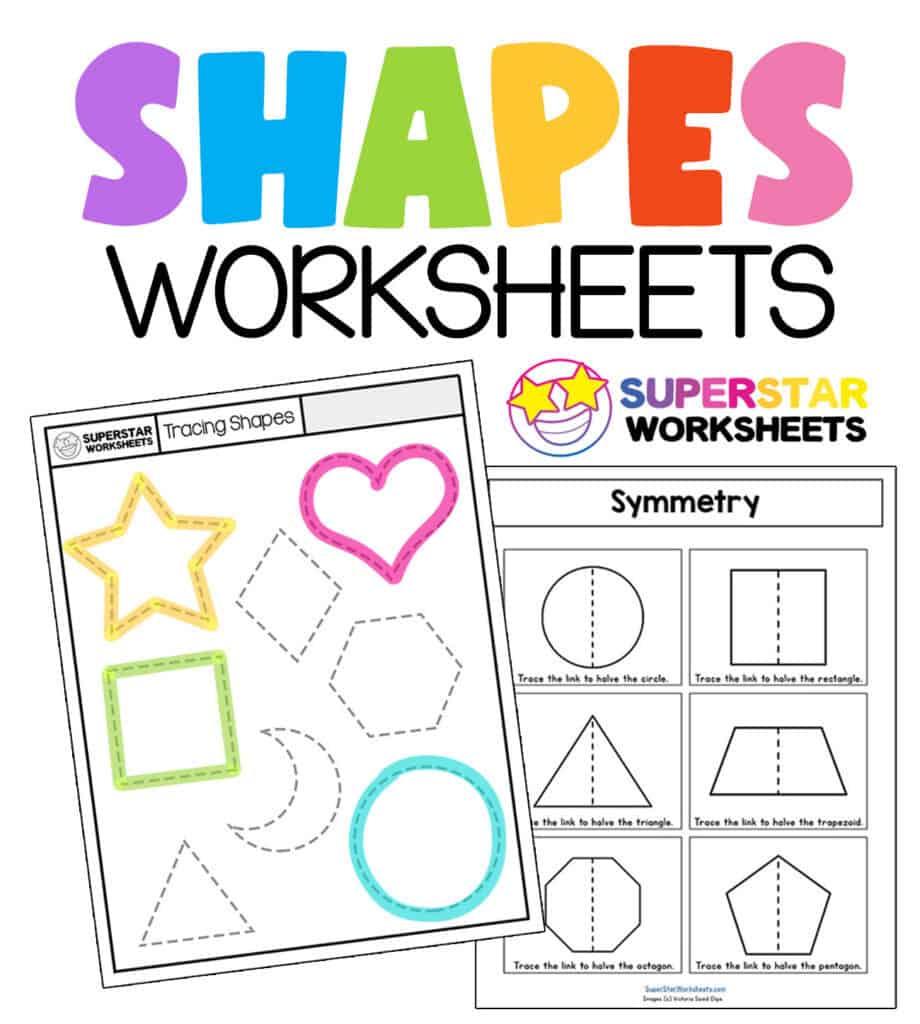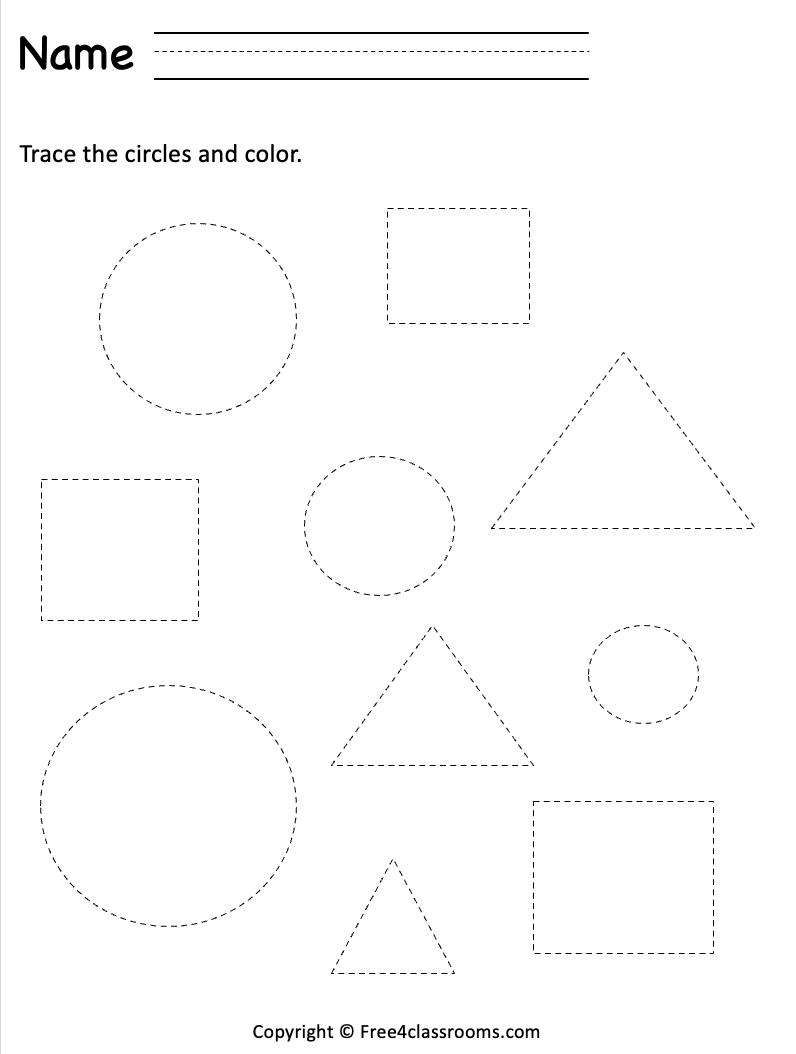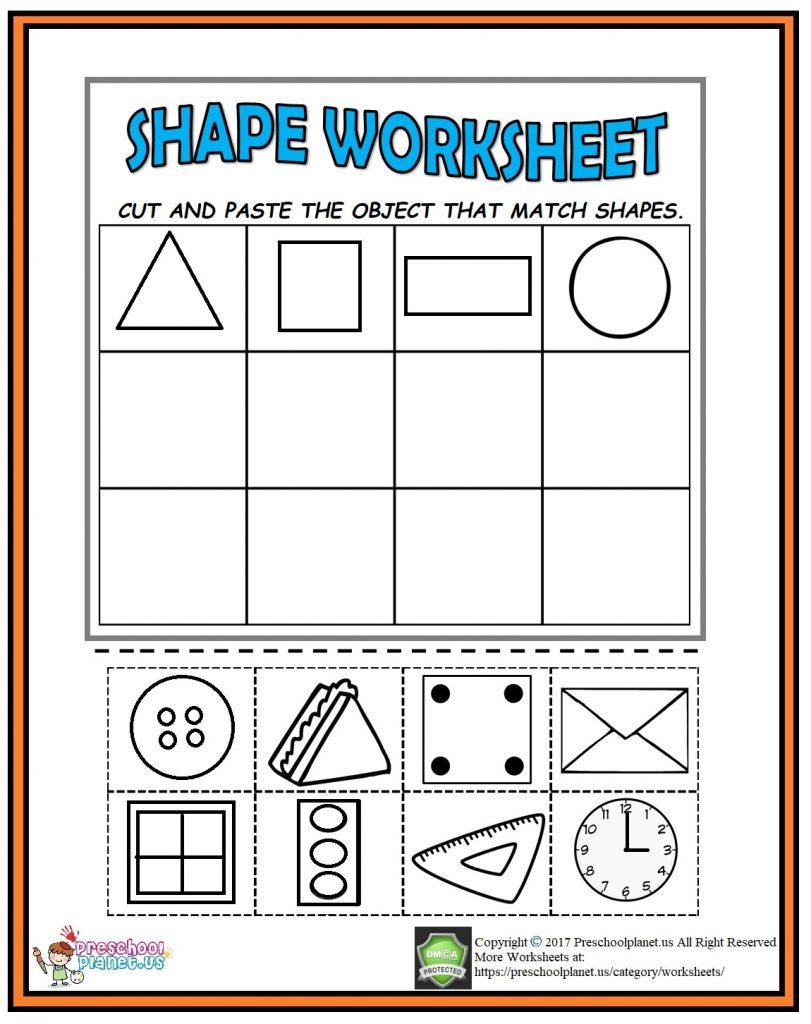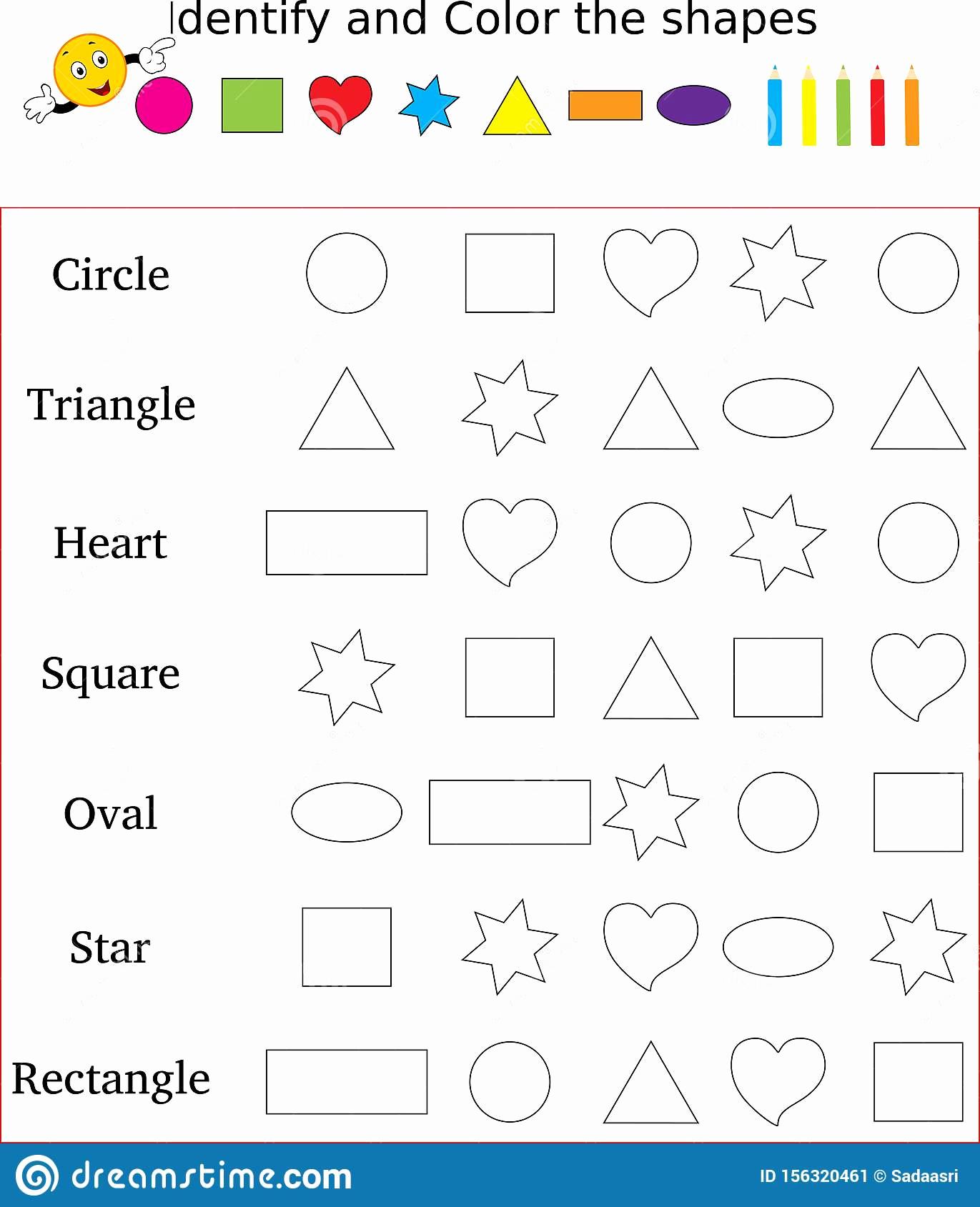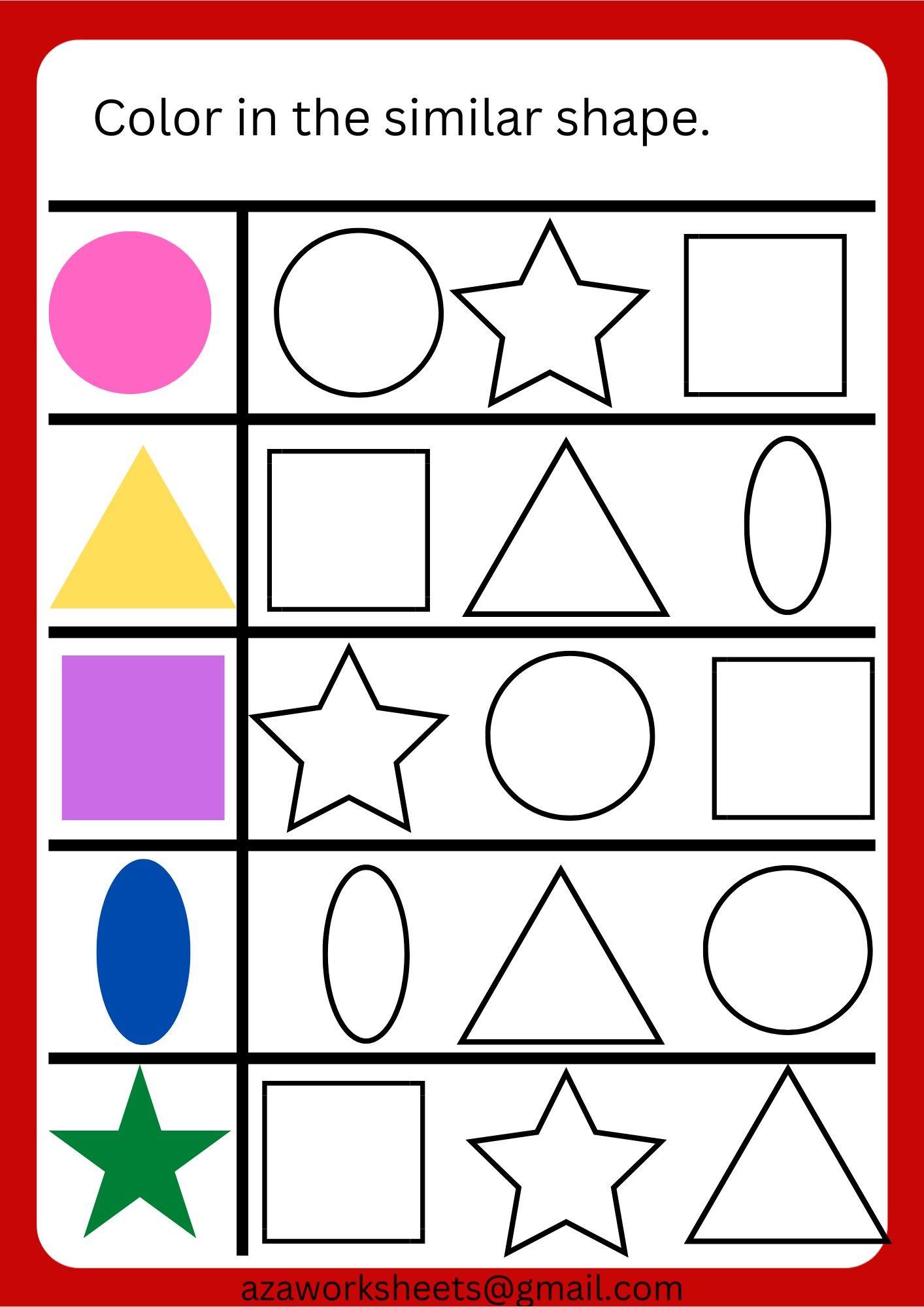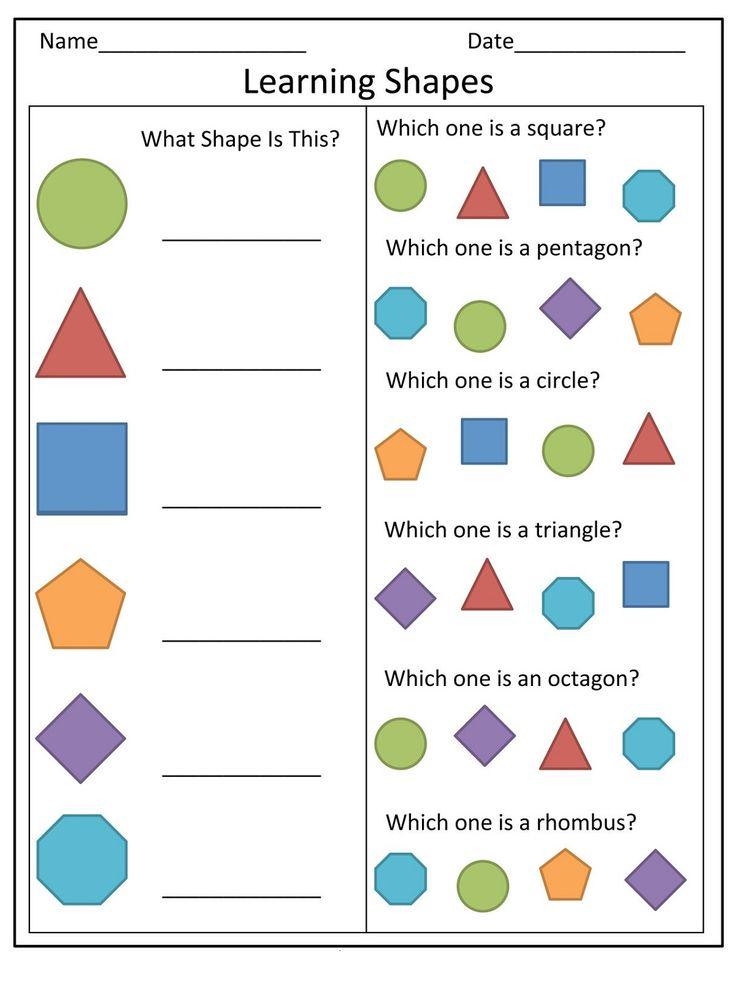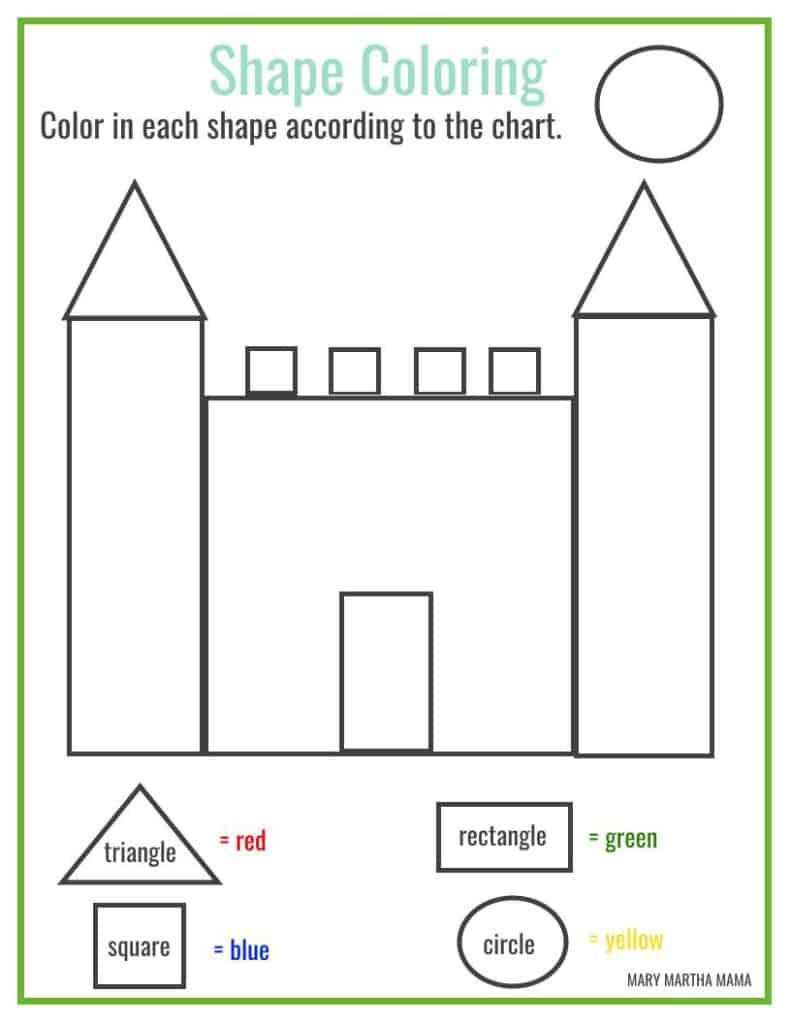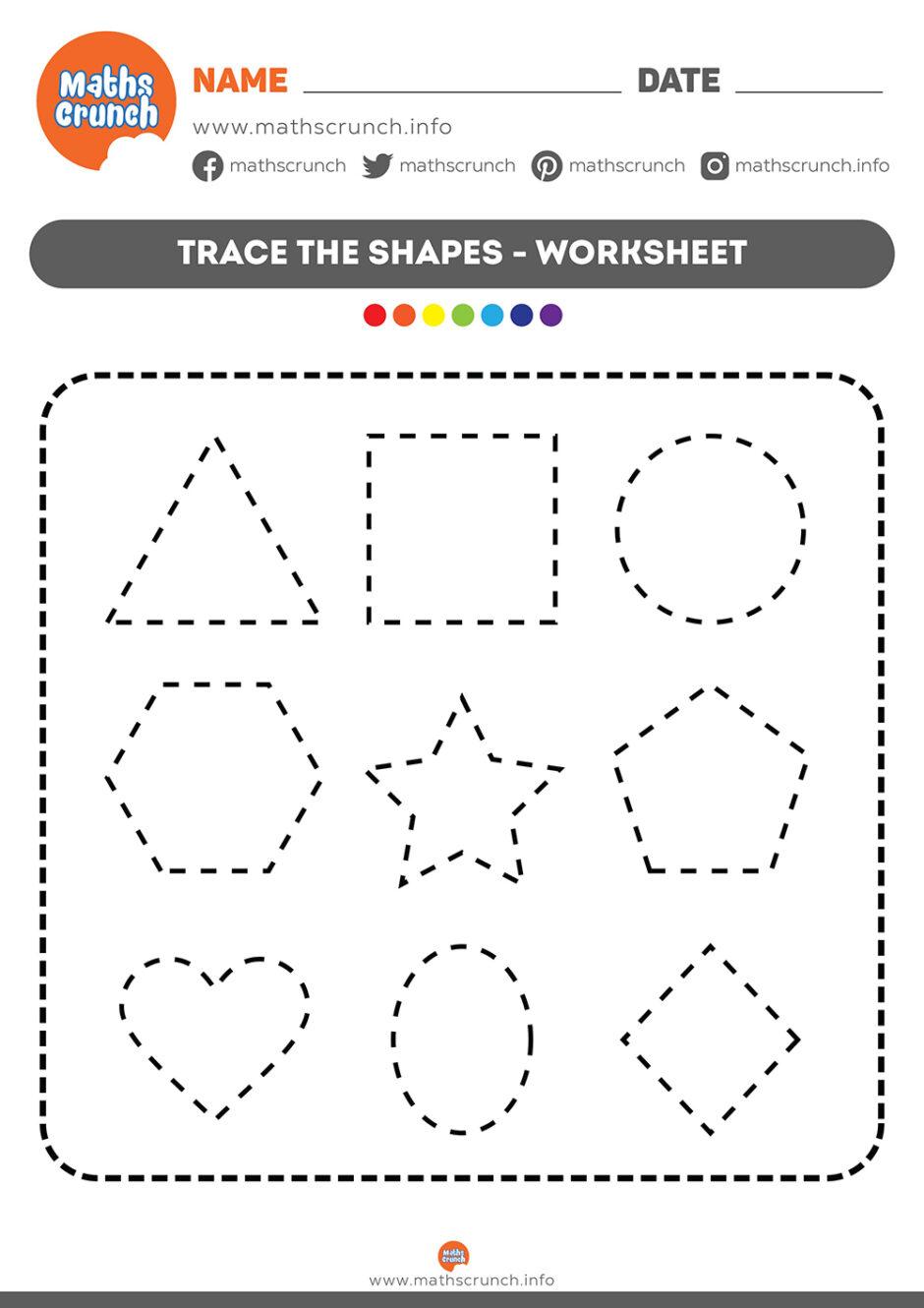
Tracing shapes! A fun and educational activity for kids to develop their fine motor skills, hand-eye coordination, and shape recognition. Here are some ways to make tracing shapes for kids engaging and enjoyable:
Materials:
* Paper with pre-drawn shapes (e.g., squares, circles, triangles, stars)
* Crayons, markers, or pencils
* Tracing books or activity sheets
* Shape templates (optional)
Tips and Activities:
1. Start simple: Introduce basic shapes like squares, circles, and triangles. Use large, bold lines to make tracing easier.
2. Use various materials: Try different writing tools, like crayons, markers, or pencils, to change the texture and feel of tracing.
3. Make it fun: Add patterns, colors, or writing prompts to the tracing shapes. For example, "trace the shape and then draw something inside it."
4. Practice regularly: Encourage kids to trace shapes daily or a few times a week to develop their fine motor skills.
5. Play games: Create a "shape scavenger hunt" where kids have to find and trace shapes around the room or in pictures.
6. Create a sensory experience: Use different textures, like shaving cream or sandpaper, to make tracing more tactile and engaging.
7. Foster creativity: Encourage kids to draw their own shapes and create new ones.
8. Use technology: There are many digital tools and apps that offer shape-tracing activities, like ABCmouse, Khan Academy Kids, or educational apps.
9. Make it a competition: Set a timer and challenge kids to trace a certain number of shapes within a time limit.
10. Praise their efforts: Acknowledge and praise kids for their hard work and progress, regardless of their level of skill.
Benefits:
1. Fine motor skills: Tracing shapes develops the pincer grip, hand-eye coordination, and finger dexterity.
2. Shape recognition: Kids learn to identify and distinguish between various shapes, which is essential for mathematics and problem-solving skills.
3. Creativity and self-expression: Tracing shapes encourages kids to think creatively and explore their artistic side.
4. Hand strength and dexterity: Regular tracing activities can help improve hand strength, flexibility, and coordination.
5. Builds confidence: Successful tracing experiences can boost kids' confidence in their abilities and encourage them to tackle more complex activities.
By following these tips and activities, you can make tracing shapes a fun and engaging experience for kids, while helping them develop essential cognitive and motor skills.
